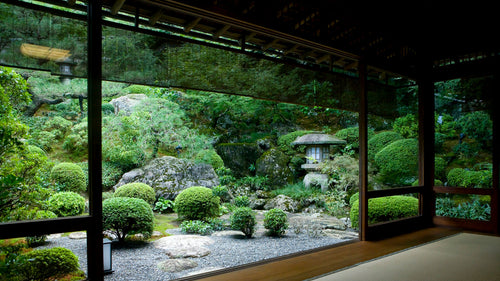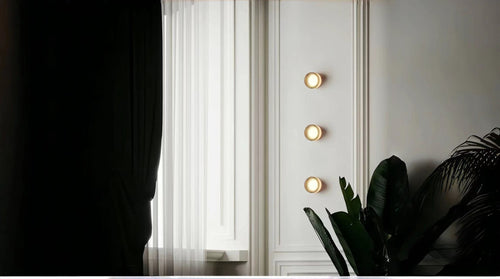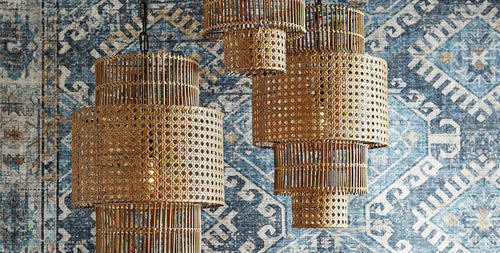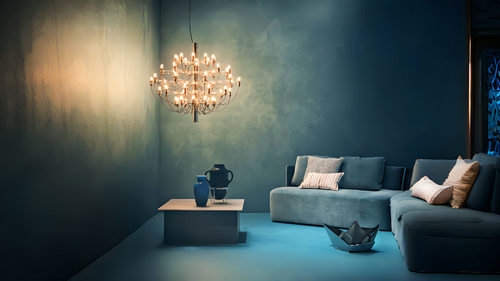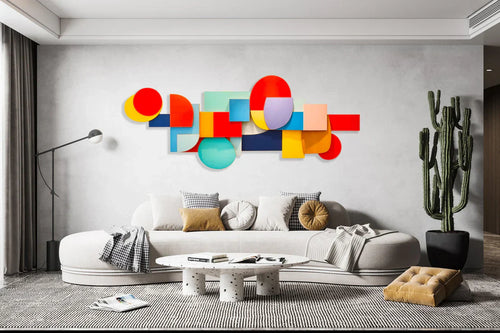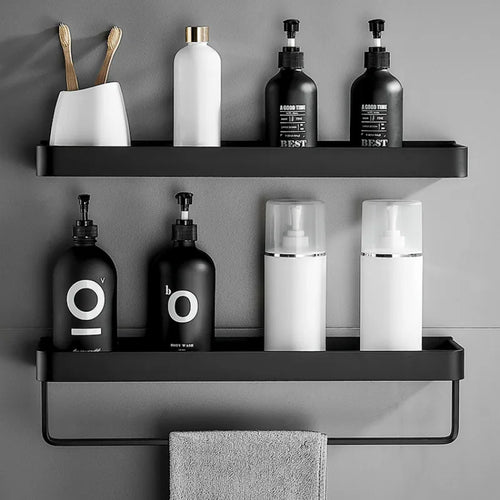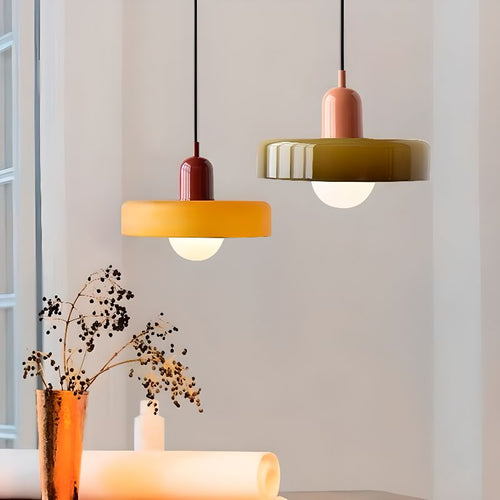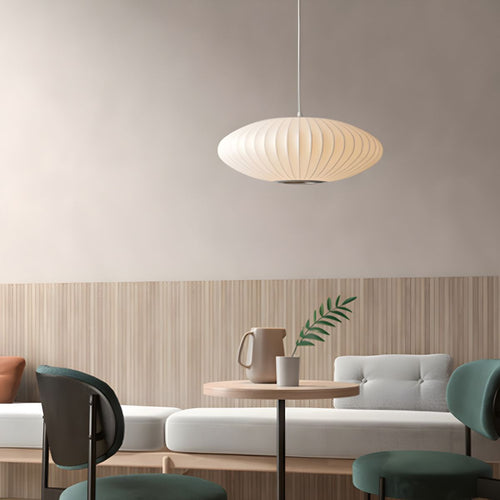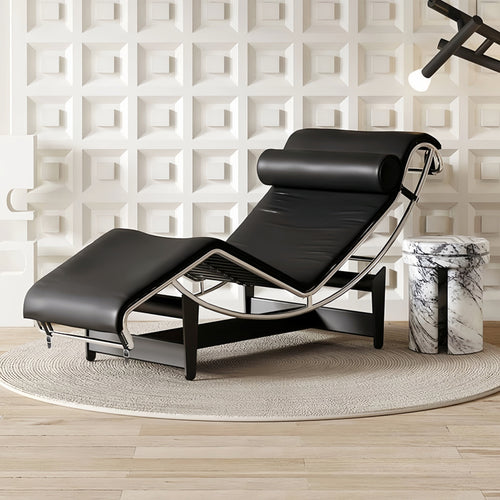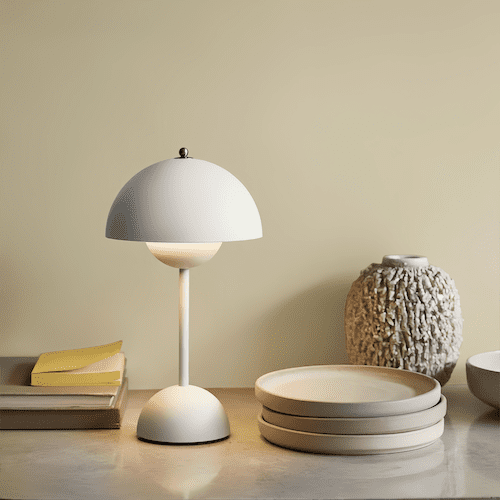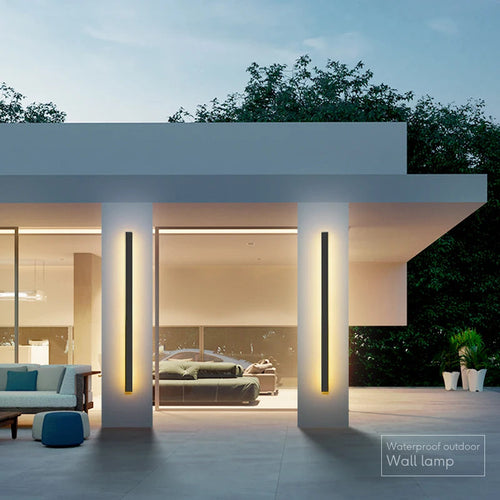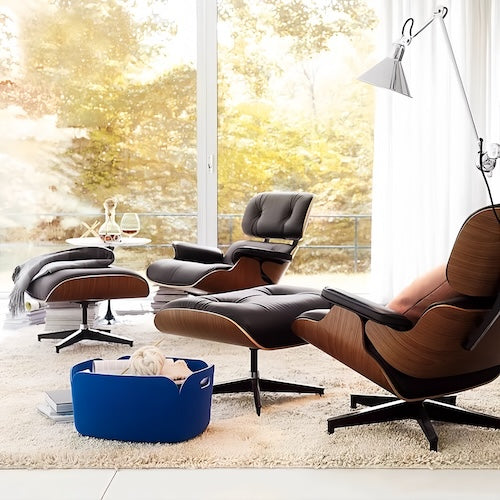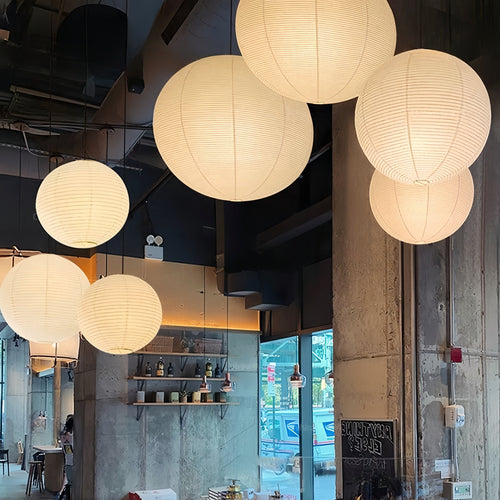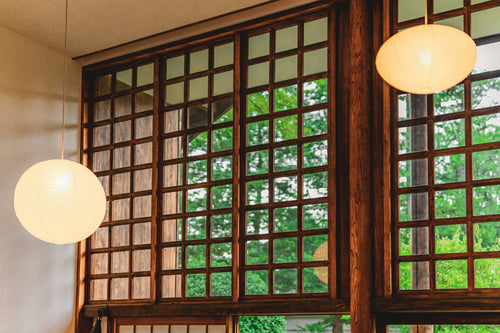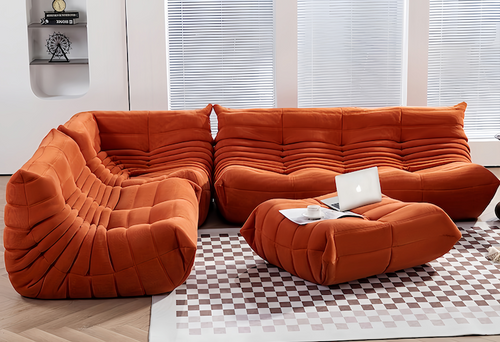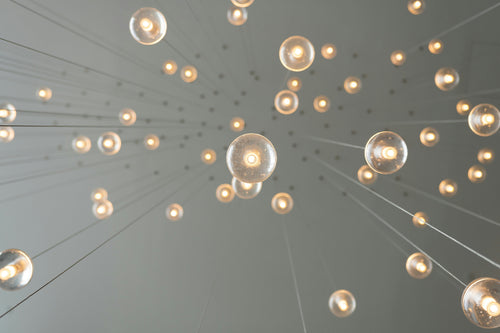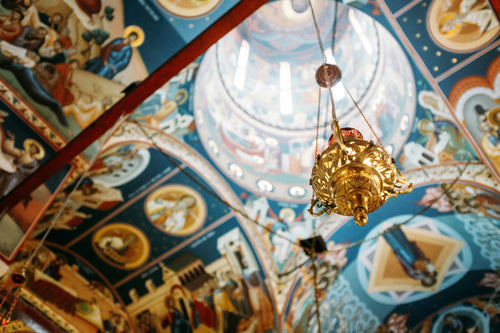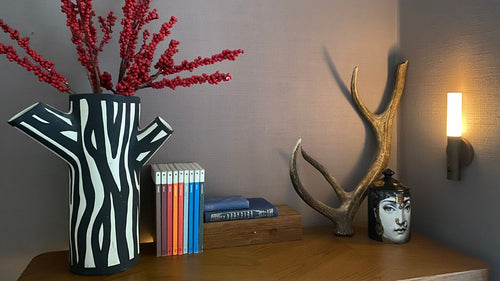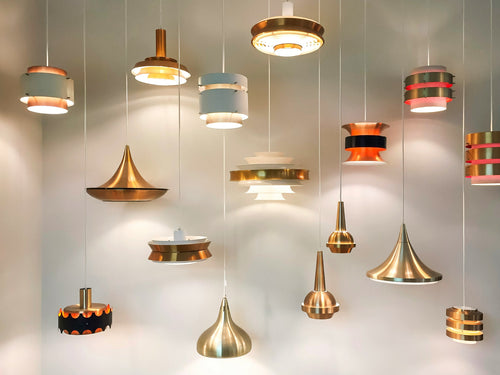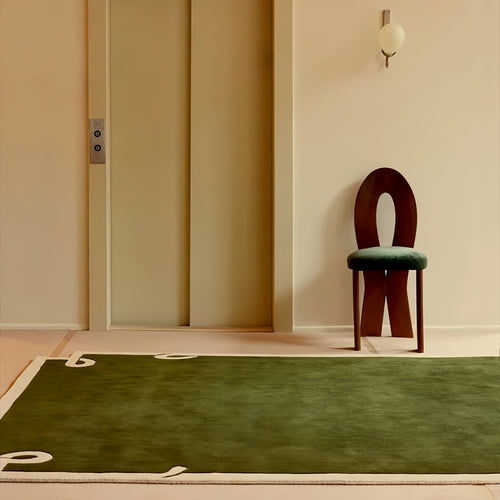Inside this Article:
Overview
LED lighting is becoming more popular in both homes and businesses because it is efficient and good for the environment. A lot of people find the word "LED" when they are looking for lighting choices. This blog post will talk about what LED stands for, how it works, the benefits it has, and the different places it's used.
LED means "Light Emitting Diode." This method is based on semiconductor materials; when an electric current flows through, electrons mix with holes, producing photons that generate light. The main components of an LED are a semiconductor material, a positive terminal (anode), and a negative terminal (cathode). LEDs are more efficient than previous light sources as they produce light as current flows.
What is an LED?
An LED is a solid-state light source that differs dramatically from typical incandescent and fluorescent bulbs. Incandescent bulbs produce light by heating a tungsten filament, while fluorescent lights operate by discharging gas.
What is LED light?
LED lights are lighting devices that rely on LED technology. They are different because they last a long time and don't use much power. LED lights come in many types, including bulbs, strips, and fixtures. They are flexible and can be used in many places to give homes, businesses, and offices good lighting.
How do LED lights work?
LEDs are being used in more and more situations, which leads to questions about how the technology works. LEDs use the concept of electroluminescence to turn electricity straight into light, while regular bulbs first turn electricity into heat and then light. In 1907, a scientist named H.J. Round was working with silicon carbide and discovered that it lit up when he ran electricity through it. This was the first time that LEDs were talked about. Electro-luminescence is the combined visual and electrical experience of a material that lights up when an electric current flows through it. This was the start of a long history of study into this phenomenon. When a LED is activated, electrons jump from an electron-full side to the electron-deficient side across the p-n junction at the heart of every single LED. When this occurs, they fill the electron holes in the p-n junction and emit photons of light. This process is called luminescence, and it's the foundation of all LED lights. Because they emit less heat, LEDs don't require filaments or phosphor surfaces to make visible light. They emit no UV rays, making them safer for indoor usage, require a smaller power supply than most other lighting sources, keeping electricity bills lower.
What are the pros of LED lighting?
Long Lifespan: LED bulbs last longer than regular incandescent lights, which means you won't have to replace them as often and save money in the process. Low Heat Emission: LED lights give off less heat than regular incandescent bulbs. This makes cooling systems work less hard and saves money on air conditioning costs.
Uses of LED lights
Home
LED lights may make a home and garden seem prettier and more useful. Workplaces: Employees are more likely to visit workplaces, businesses, and exhibitions when they are illuminated by LED lighting.
Manufacturing and Retail
LED lights illuminate workspaces, equipment, and safety zones to ensure worker safety and improve productivity.
Public Spaces
LED illumination in parks, street lighting, and public transportation conserves energy and requires less maintenance.
Modern automobiles
LED headlights, taillights, and interior illumination to increase driver visibility.
Hospitals
LED lighting may be used for surgical, diagnostic, and ambient illumination to enhance energy efficiency and optimise lighting quality. LED lights are utilised for stage lighting, television, and display backlighting owing to their versatility and support.
LED Lighting Trends Now and in the Future
Government rules that encourage energy-efficient systems are making more people want LED lights. Traditional lights use more electricity than energy-efficient lights, but they can give off more light. This cuts down on energy use and electronic trash and also helps fight climate change.
Also, more smart technology is becoming available, which is helping to sell more LED lights. Users can control their LED lights from afar using mobile apps and other devices that are linked. Customers like this because it's convenient and lets them make changes.
Other market trends include the use of LED panel lights in furniture and building parts more and more. These lights give any room a modern look, and they can be changed to match different design styles. In addition, the fact that these lights are made from eco-friendly materials helps the market grow even more.
Similarly, WPC wall cladding, known for its durability and sustainability, complements the aesthetic appeal of LED panel lights by enhancing the modern look of interiors and exteriors.
Frequently asked questions (FAQs)
What's the difference between LED lights and regular bulbs?
Considering that LEDs use up to 80 percent less electricity, their operating costs are lower. In addition to this, they have a longer lifespan, contain less potentially hazardous chemicals, and are healthier for the environment.
How do I choose the best LED light for my needs?
There’s an energy-efficient LED light for every fixture and space in your home. Look for lights that set the right mood, provide task lighting and support smart control. Look at the total lumens on packaging, then divide by wattage to find the bulb’s lumens-per-watt rating. The higher the number, the brighter the bulb.
How should you use LED lights and keep them in good shape?
Check your lights often, and don't use LEDs that aren't waterproof in wet areas. For the best brightness, keep them clean.
References:
1. https://www.microstarlight.com/led-lighting-vs-traditional-light-sources/
2. https://www.williamsugg.co.uk/how-do-led-lights-work/
3. https://mcelectricalcommunications.com.au/articles/how-do-led-lights-work/






